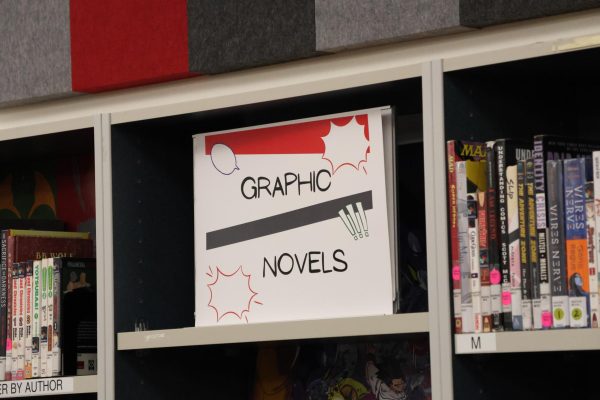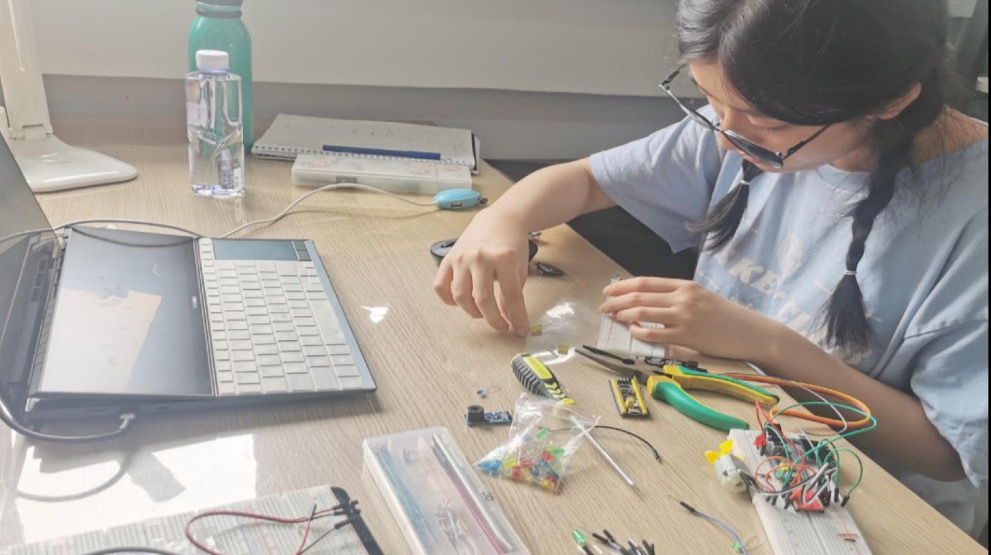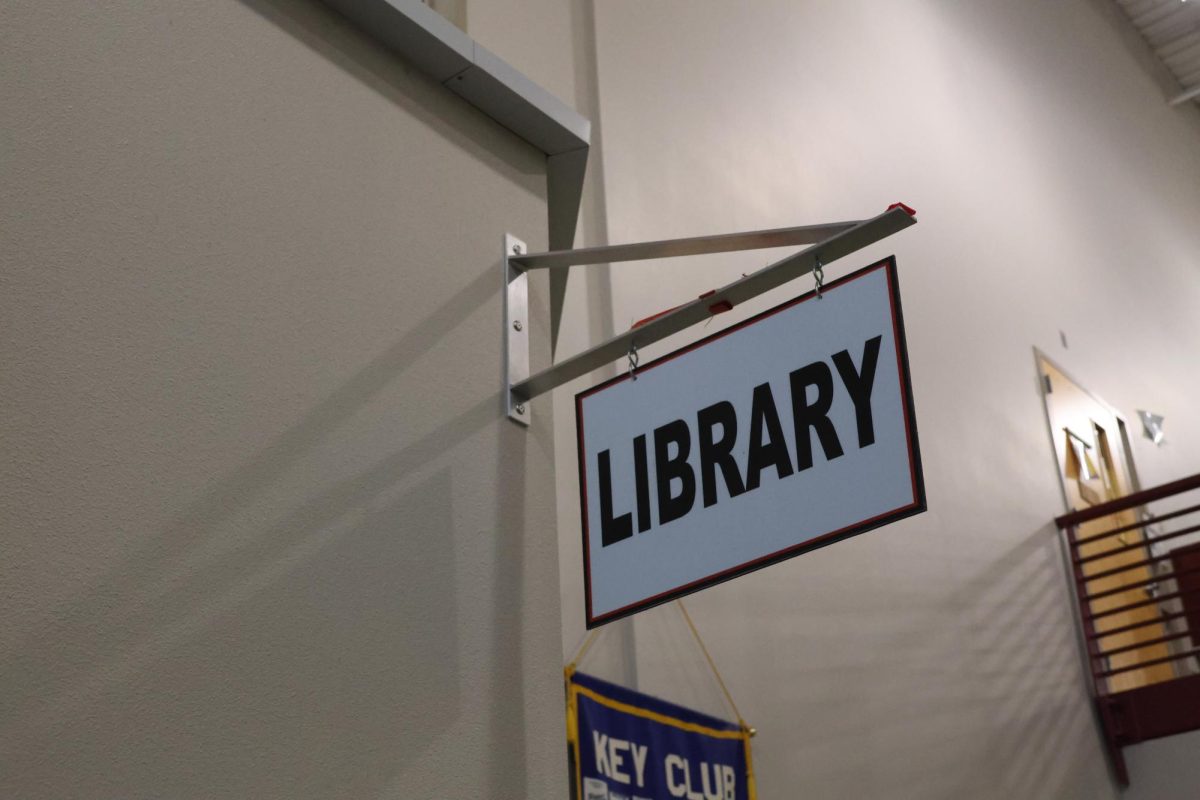At the core of every school library lies a commitment to fostering intellectual growth and cultural awareness. For librarian Tonia Albert, this mission means creating a welcoming environment that serves as both an intellectual and cultural hub for students.
“Bottom line, we need to provide a wide range of books—cultural, social, high-interest, fantasy, sci-fi and more—so that all of our students can find something they want to read,” Albert said.
Book Selection Process
 Albert’s approach to building the library’s collection combines methodology with careful curation. She relies on vetted services that provide categorized book recommendations, which she reviews before making final selections.
Albert’s approach to building the library’s collection combines methodology with careful curation. She relies on vetted services that provide categorized book recommendations, which she reviews before making final selections.
“I use vetted services that will provide books based on a category. I subscribe to those, and then I get to review those before they send them to me,” she said.
The selection process uses a variety of educational resources. Albert regularly consults the School Library Journal and Advanced Placement reading lists to ensure the collection supports academic growth while also maintaining student interest. This dual focus helps bridge the gap between educational requirements and reading for hobby.
“I also use the School Library Journal, which talks about books to get,” Albert said. “I use book lists from AP Literature and AP Language to add books to our library.”
Student Requests and Accessibility
When students request books, Albert implements a thorough evaluation process. Each suggestion undergoes a detailed assessment considering cost, content and age suitability. This systematic approach verifies that new additions serve both the library’s mission and its budget constraints.
“When a student recommends a book, we grab the title, look it up on Amazon, see how much it is,” Albert said. “We look at the description of the book and see what grade levels it’s for.”
The library accommodates diverse reading abilities, including materials for students reading below grade level. This commitment to accessibility allows every student to find reading material, regardless of their literacy level.
“I do say 12 because we do have some students that read at lower levels, so I do pick up some of those books,” she says. “We want to make sure everyone has something they can read and enjoy.”
Mature Content Guidelines
Albert takes a calculated approach to books with mature themes, particularly in graphic novels. She maintains clear boundaries about age-appropriate content while recognizing the importance of challenging literature for older students.
“Any of the graphic novels that are over that MA18 rating don’t go. It’s just like overly sexual stuff,” she said.
For novels containing mature themes, she prioritizes transparency and student autonomy. This approach allows students to make informed decisions about their reading choices while ensuring appropriate guidance when needed.
“I think it’s up to students to use their skills to read the back of the book,” Albert said. “If I have younger students, I do give them a verbal warning. I say this has a mature theme.”
Working With Teachers

The library actively partners with teachers to enhance classroom learning. Albert works closely with English teachers to provide materials for literature groups, purchasing multiple copies of selected titles to support curriculum needs.
“I had English teachers requesting books for literature groups. And I bought like 15 titles of five copies each,” Albert said. “Those are actually chosen by English teachers; that is [the] content that they want to teach.”
This collaboration extends beyond simply stocking requested books. Albert regularly consults with teachers about upcoming curriculum needs and emerging literary trends that could benefit students’ learning experiences.
Focus on Student Development
Albert’s vision extends beyond providing books. She sees the library as a crucial tool for supporting students’ social-emotional development. Research shows daily free reading can significantly impact students’ social-emotional well-being, which drives her mission.
“It’s been shown that if students just read for the sake of reading every day, it increases their social-emotional levels,” Albert said. “Anything we can do to get books in the hands of students, that’s my goal.”



































